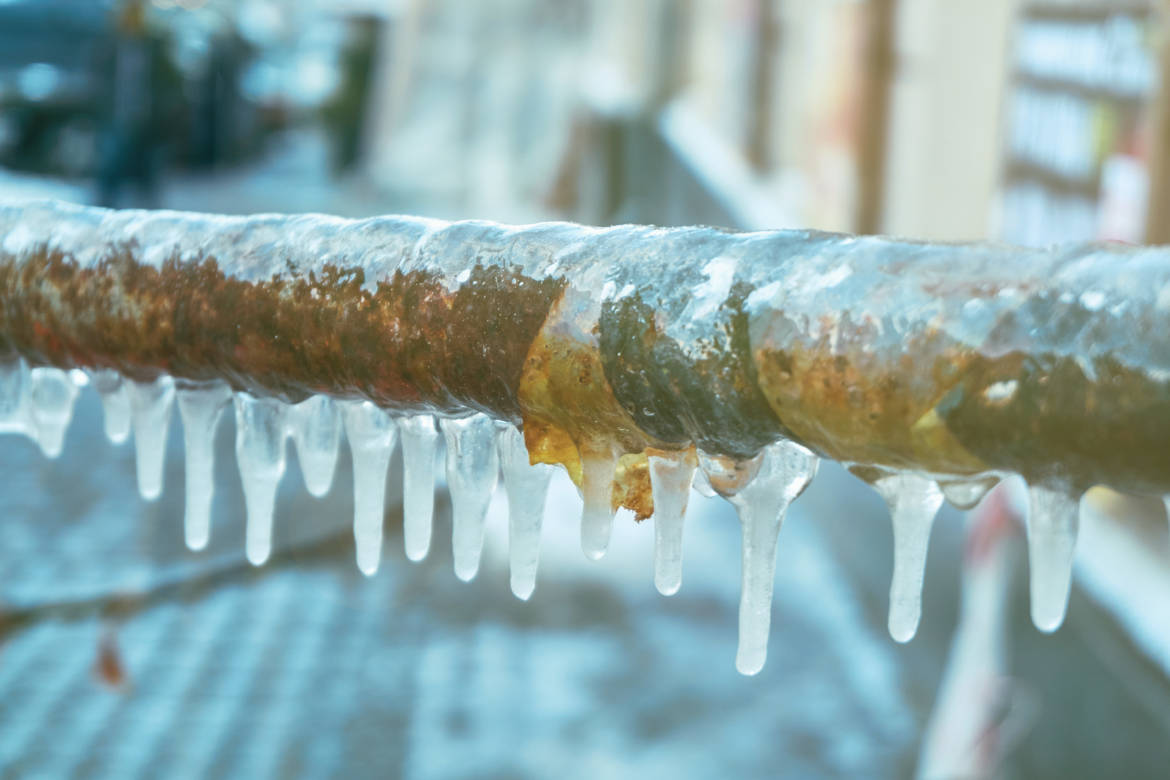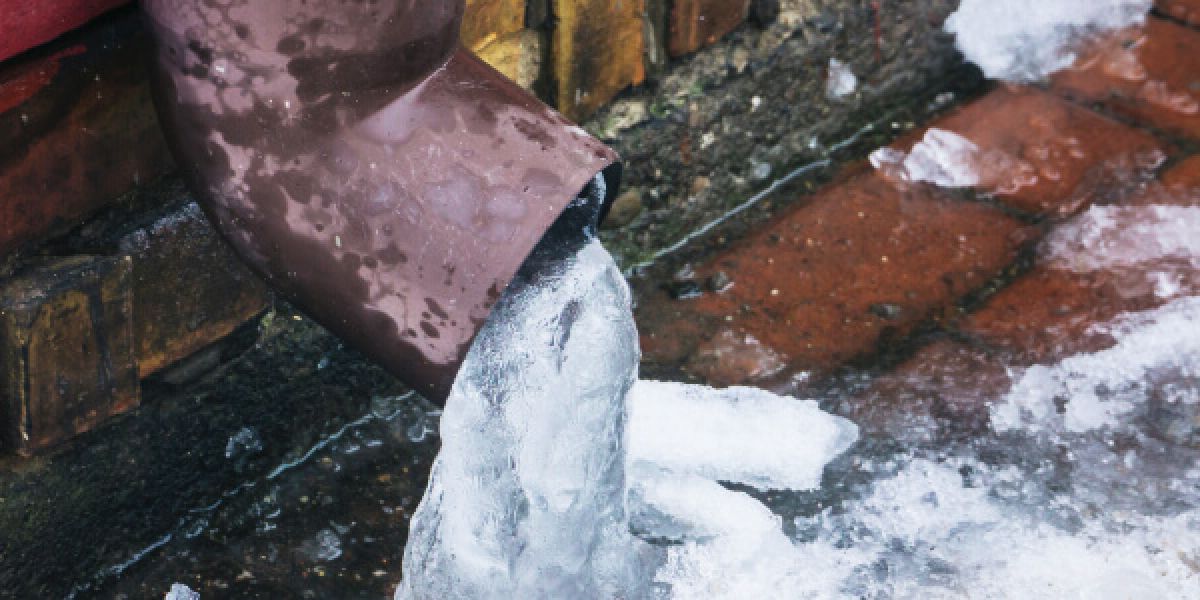Avoiding Frozen Pipes in Winter: Critical Advice
Avoiding Frozen Pipes in Winter: Critical Advice
Blog Article
Listed here in the next paragraphs you'll find a lot of helpful expertise regarding Helpful Tips to Prevent Frozen Pipes this Winter.

Winter can damage your plumbing, specifically by freezing pipes. Here's how to stop it from occurring and what to do if it does.
Intro
As temperatures drop, the threat of frozen pipelines increases, potentially resulting in pricey repair work and water damages. Understanding just how to prevent frozen pipelines is crucial for home owners in cool environments.
Recognizing Icy Pipelines
What triggers pipelines to ice up?
Pipes freeze when revealed to temperature levels below 32 ° F (0 ° C) for prolonged durations. As water inside the pipes freezes, it broadens, taxing the pipeline wall surfaces and potentially causing them to burst.
Risks and damages
Icy pipelines can lead to supply of water interruptions, property damages, and expensive repair work. Burst pipelines can flooding homes and cause extensive architectural damages.
Signs of Frozen Pipeline
Identifying icy pipes early can stop them from rupturing.
How to recognize frozen pipelines
Search for reduced water circulation from faucets, uncommon odors or sounds from pipes, and noticeable frost on revealed pipes.
Prevention Tips
Protecting at risk pipelines
Cover pipelines in insulation sleeves or use heat tape to protect them from freezing temperatures. Focus on pipelines in unheated or external locations of the home.
Heating methods
Keep interior spaces properly heated, particularly areas with plumbing. Open cupboard doors to enable warm air to circulate around pipelines under sinks.
Securing Outdoor Pipes
Garden hoses and exterior faucets
Separate and drain yard hoses prior to wintertime. Set up frost-proof faucets or cover outside faucets with protected caps.
What to Do If Your Pipes Freeze
Immediate activities to take
If you suspect icy pipes, maintain taps available to relieve pressure as the ice melts. Use a hairdryer or towels taken in hot water to thaw pipes gradually.
Long-Term Solutions
Structural changes
Consider rerouting pipelines away from outside walls or unheated locations. Include additional insulation to attic rooms, basements, and crawl spaces.
Updating insulation
Invest in premium insulation for pipelines, attics, and walls. Correct insulation helps preserve regular temperatures and minimizes the danger of icy pipelines.
Final thought
Avoiding frozen pipelines calls for aggressive measures and quick reactions. By recognizing the reasons, indications, and preventive measures, house owners can secure their pipes throughout winter.
6 Proven Ways to Prevent Frozen Pipes and Protect Your Home
Disconnect and Drain Garden Hoses
Before winter arrives, start by disconnecting your garden hoses and draining any remaining water. Close the shut-off valves that supply outdoor hose bibs and leave the outdoor faucet open to allow any residual water to drain. For extra protection, consider using faucet covers throughout the colder months. It’s also important to drain water from any sprinkler supply lines following the manufacturer’s directions.
Insulate Exposed Pipes
Insulating your pipes is an effective way to prevent freezing. Pipe insulation is readily available at home improvement stores and is relatively inexpensive. Pay close attention to pipes in unheated areas such as the attic, basement, crawl spaces, or garage. Apply foam insulation generously to create a buffer against the cold. You can also wrap your pipes in heat tape or thermostat-controlled heat cables for added warmth.
Seal Air Leaks
Inspect your home for any cracks or openings that could let in cold air. Seal any holes around the piping in interior or exterior walls, as well as the sill plates where your home rests on its foundation. Additionally, make sure to keep your garage door closed unless you’re entering or exiting. Leaving it open creates a significant air leak that can lead to frozen pipes.
Allow Warm Air Circulation
During cold snaps, it’s essential to allow warm air to circulate evenly throughout your home. Leave interior doors ajar to promote better airflow. Open kitchen and bathroom cabinets to help distribute heat consistently around the rooms. If you have small children or pets, be sure to remove any household chemicals or potentially harmful cleaners from open cabinets for safety.
Let Faucets Drip
A small trickle of water can make a big difference in preventing ice formation inside your pipes. When temperatures drop significantly, start a drip of water from all faucets served by exposed pipes. This continuous flow helps prevent the water from freezing. Additionally, running a few faucets slightly can relieve pressure inside the pipes, reducing the chances of a rupture if the water inside does freeze.
https://choateshvac.com/6-proven-ways-to-prevent-frozen-pipes-and-protect-your-home/

As a person who reads on How To Avoid Freezing Pipes, I figured sharing that excerpt was really helpful. Liked our content? Please share it. Help others discover it. I praise you for your time. Return soon.
Get A Free Estimate Report this page